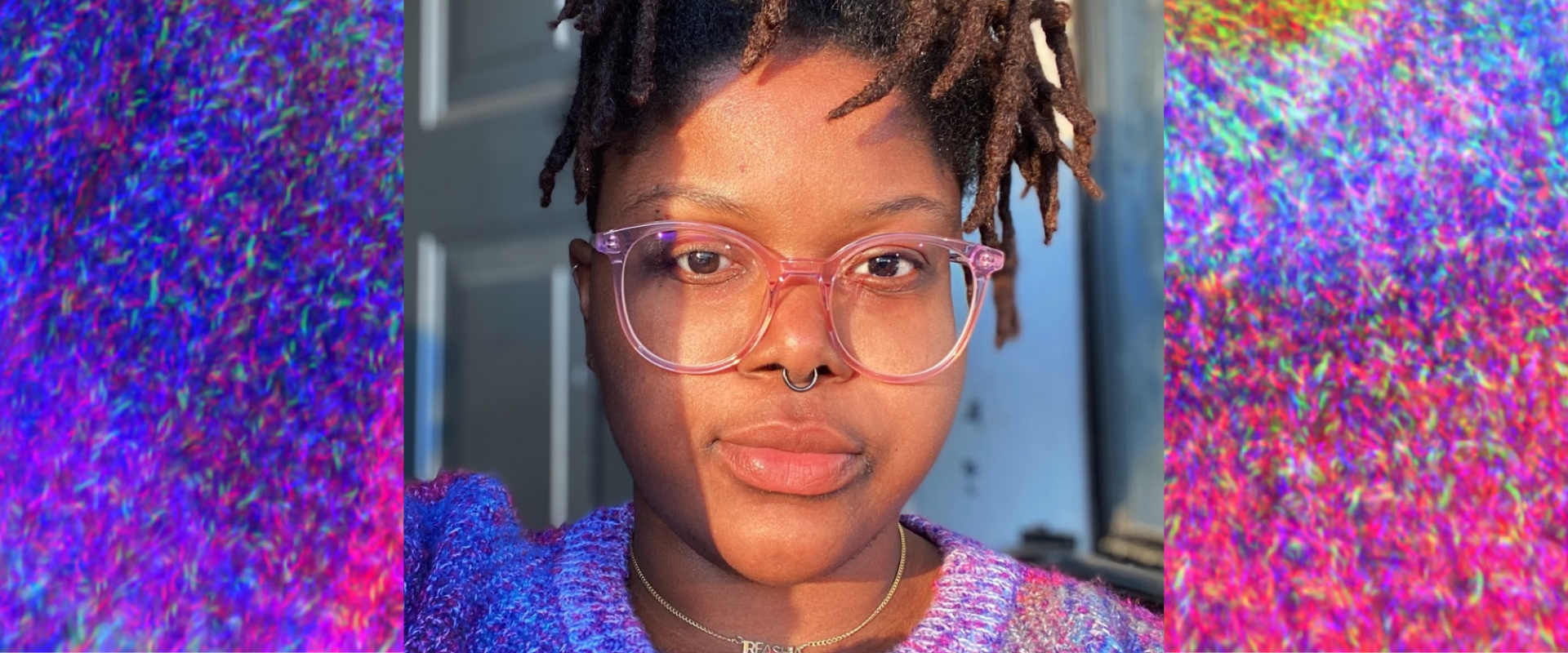By
Amanda Geppert, Director, Ci3 Design Thinking Lab
Laura Paradis, Adolescent Sexual and Reproductive Health Design Lead, Ci3 Design Thinking Lab

The Ci3 Design Thinking Lab (DTL) works with young people and providers to understand how sexual and reproductive healthcare could work better for youth and young adults. Recognizing that young people face challenges in accessing care — from concerns about cost and confidentiality, to lack of transportation and community violence — our team of researchers, public health professionals, and designers work directly with young people to understand their day-to-day lives and create quality care that fits.
DTL is Ci3’s newest lab. To engage and understand the worlds of young people and what we should make to support their care experiences with providers, we draw on the longstanding tradition of participatory design.
Participatory design and genuine participation
In spring 2017, our growing team began generating plans for a multi-week immersive “Summer Design Challenge” workshop with youth from Chicago’s South and West Sides to understand how to improve the sexual and reproductive healthcare experience on the mobile health unit that regularly visits their school(s). Many practicing designers would probably agree that people are ‘experts of their own experience.’ However, the intensity to which designers directly engage with people (often called ‘users’) to make and test new concepts in the design process varies. Our workshop was inspired by the Scandinavian tradition of participatory design in which people have a say about what is being created and how it might work.
Participatory design aspires to the genuine participation of people in the design process such that they:
participate willingly as a way of working both as themselves (respecting their individual and their group’s/community’s genuine interest) and with themselves (concentrating on the present in order to sense how they feel about an issue, being open towards reflections on their own opinions), as well as for the task and the project (contributing to the achievement of the shared and agreed-upon goals of the design task and design project at hand). (Robertson & Simonsen, 2013, p. 5)
Guided by these tenets, DTL began reaching out to young people and community-based organizations to invite them to join us for the 2017 Summer Design Challenge (the Challenge).
Connecting with community
In late May, we were thrilled to welcome the support of many individuals and organizations that would help message and shape the multi-week workshop. Vibrant and active organizations including Imagine Englewood If…, Lindblom Math and Science Academy, and the Kelly Library all helped invite young people to the apply to the Challenge. These organizations also served as a home base for prospective participants to pick up and drop off application materials as well as consent forms and other paperwork for the parents and participants. Having collaborators as “thought partners” was essential for allowing us to set the tone for thoughtful engagement with each other as well as with young people, caregivers, and other trusted adults in the lives of youth.
Prior to the Challenge, many hours were spent talking with young people and caregivers alike — answering questions about the goals for the Challenge, describing the kind of design activities and opportunities for skillbuilding that would be part of the experience, as well as sharing information about logistics and addressing personal safety concerns around getting to and from the University of Chicago campus.
Hot start!
On July 19th, DTL welcomed 31 young people to join us in a series of five, five-hour workshops to the University of Chicago campus. This larger group was split into two separate cohorts, and worked in small teams each week to address the Challenge. Finding a space that works well for collaboration as well as all of the things involved in the design process is always a struggle. However, ACCESS Center for Learning and Discovery and the UChicago Center for Identity and Inclusion graciously opened their doors to us (and even allowed us to store our stuff in between sessions — amazing!). During each session, their staff members made us feel at home in their beautiful and inspiring spaces.
Young people in these workshops learned the design process by being designers — reflecting on their own experiences, learning and applying design research skills, analyzing the data for patterns and synthesizing insights, and making and testing prototypes (be sure to catch our next blog post for more on this!). Rather than having us tell you about what happened next, it is best to hear it from the young people themselves. Take a look at the video below to learn more about our 2017 Summer Design Challenge:





